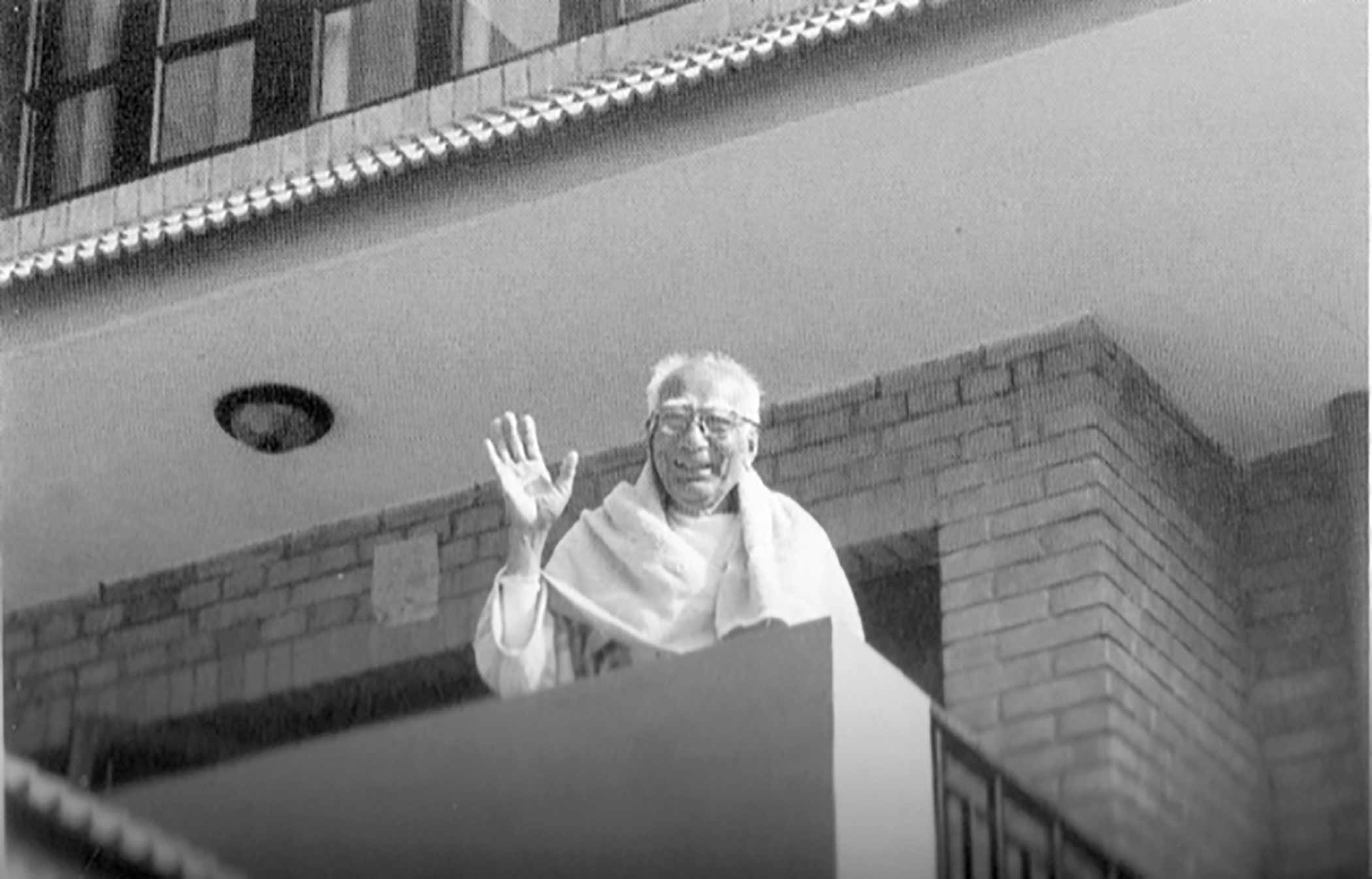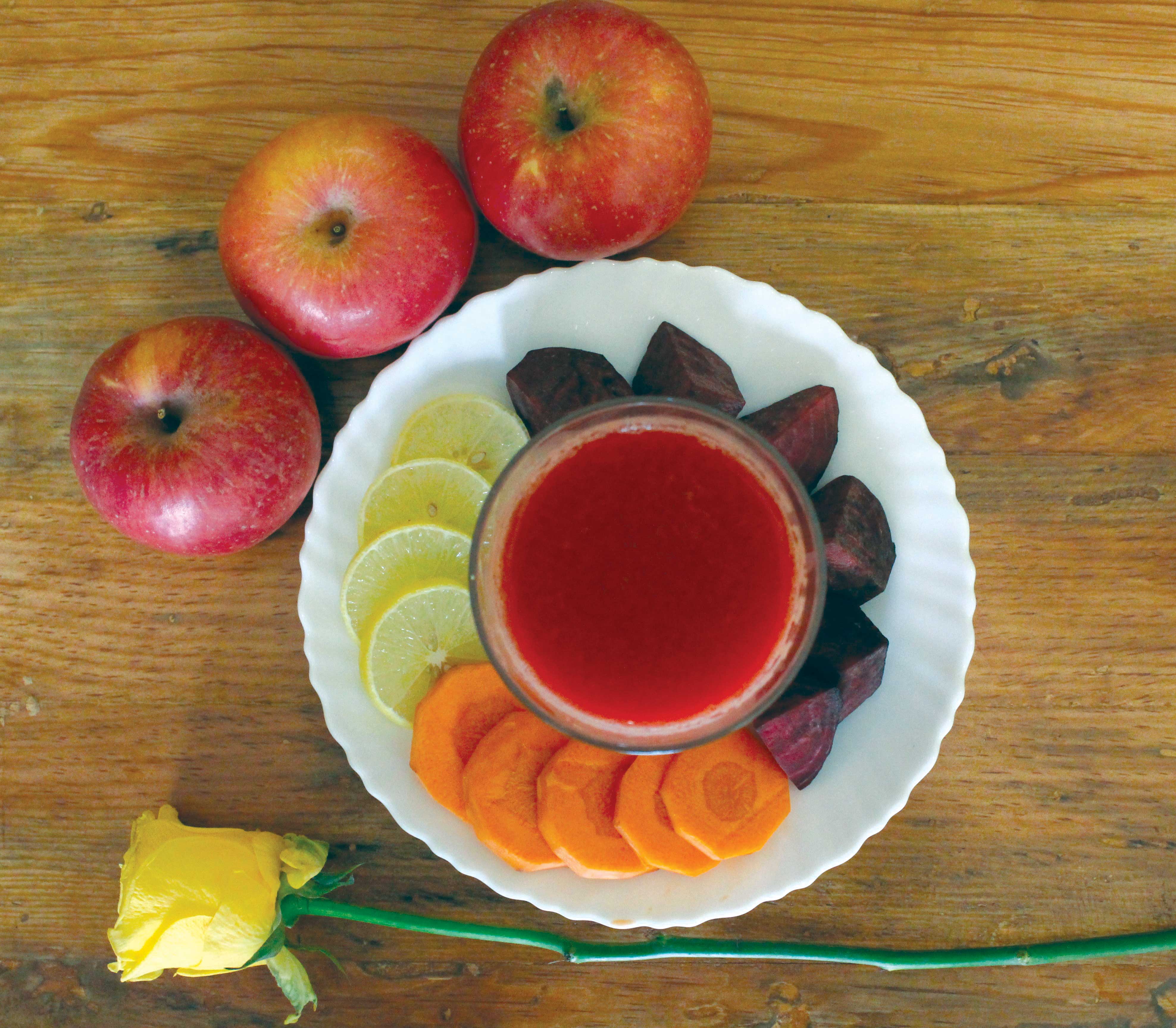
It was a family gathering (you know how relatives go after you, your life and your future in those family events). Fate had decreed that Nitesh Sharma had to endure it all for the entire evening. But his prospects were not so grim. He was working in the hotel business. Sixteen hours shifts were common to him. He made a decent living from his vocation but, somewhere deep down, he felt empty. As he sat down for a conversation with his uncle, he had no idea that he was about to receive some life-changing advice. The conversation turned towards garbage collecting businesses. We normally assume them to be the poorest of the poor. It was eye-opening when his uncle pointed out that these businesses were in fact incredibly lucrative. It gave Nitesh an idea; an idea no one believed in, but he went for it anyway.
After having studied in India for seven and half years, Nitesh returned to Nepal in 2013 with a degree in Hotel Management. From then on, he shuffled through several jobs. He worked for a liquor company, event organizing firm, magazine, call center, and online shopping business. But he was searching for more; he was hungry for success. Following the opportune conversation with his uncle, he looked into how garbage could be reused. He created a lamp out of a Jack Daniel’s whiskey bottle and lokta paper. He put it up for sale online. It took him twenty days to find a buyer. The buyer came to him and asked how much he would be willing to sell it for. His mind went blank. He could not think of a number. He just replied, “Pay me whatever you want.”
Having gained sufficient encouragement to follow his burning passion, Nitesh left his job three months later. For the next six months, he completely devoted himself to researching what other creations could be made out of waste materials. He came up with 25 different items. On looking back, his job experiences came in handy before he embarked on his own venture. From working for hotels, he learnt how much waste hotels were creating. By working for an online retail business, he found out how he could market his products online. And, finally, his job experience in the liquor business helped him understand the startling absence of a method for the disposal or reuse of expensive, imported liquor bottles in Nepal. He knew he wanted to become an entrepreneur. He said, “They say making money is hard. I wanted to know how hard it is.” So, he took up the challenge.
Nitesh went on to establish his company, Dhaasoo. He doesn’t use the word ‘recycling;’ he terms it ‘upcycling.’ Recycling means using waste materials again, either in the same manner as before or for an item of lesser quality, whereas upcycling refers to breathing new life to these materials by reinventing them in a different form and adding value to them. Take the example of his Jack Daniels lamp: he took the bottle that had been thrown away and made it into a new product with a greater value. Apart from branded liquor bottles, he works with auto parts, tires, wood, electronic items, glass, briefcases, discarded stone such as granite and marble, bamboo, and so on. He comes up with new, creative ideas and ends up crafting not just a product but a work of art in itself. At present, he has 600 different items in stock. Each is one of a kind. When it comes to mass production of his creations, he explains, “What is the probability of finding the exact same waste item to produce a hundred of the same product?”
.jpg)
As a child, Nitesh would open up gadgets and, at times, end up destroying them; he also dabbled in fine art. After graduating from high school, he wanted to take humanities but his parents talked him out of it. He believes he has spent half of his life doing what society wanted him to do; in the end, he decided he was fed up with meeting others’ expectations and wanted to make money doing what he truly loves.
Sometimes customers come searching for him and ask for specific items to be made. So it’s not just him generating ideas but also buyers who provide them to him. When he created his business in 2015, no one else was doing what he was doing in Nepal. There weren’t that many recyclers in this country, let alone upcyclers, and what we’ve learned suggests that he is one of the pioneers in this field. This market is, in fact, expanding, and now, six or seven related companies have sprung up but, as he says, “We were the first!” Despite the emergence of many copycats, he remains undaunted. He claims, “You can try to copy the design but you can never copy the creative process or the inspiration behind my creations.”
I was curious about how he acquires the materials for upcycling and Nitesh explained that there are three main sources. First, he goes hunting for materials he needs at factories and scrap yards. He is in contact with a few recyclers who supply him with materials that have some potential. Secondly, people bring him their old items to have them re-designed. Finally, factories, offices and restaurants donate what they cannot use anymore. Sometimes, he ends up finding “gold,” like the time he found a jerrycan from the 50s. There are times when he finds items that are in fact in good condition and only need a little repairing or some paint. People have the habit of throwing away valuable things; not just material ones but, philosophically speaking, friendships and family ties. Though he may not be able to mend those bonds he certainly can restore a fallen object to its former glory.
However, his enterprise has not been a piece of cake.
There have been many challenges, particularly in finding the right people to collaborate with. Nitesh has had no formal training for his craft, and it would have been a lot easier if there were workshops or seminars on upcycling which he could take or have his staff attend. Another major deterrent is the unavailability of the right tools. The tools he sees on YouTube are hard to come by in Nepal. So he has to innovate there too. Some people in society view his field of work as not having a great reputation as it involves working with waste. In the developed world, recycling is a major trend but Nepali society still has a negative attitude towards recyclers, instead of respect: look at how much they are helping the environment!
Sometimes there’s also the frustration that he is not able to charge the prices that his works deserve. Right now, he is matching the prices of the ready-made products in the market. If a mass-produced lamp sells for, let’s say, Rs. 1500, he sells his creation for a similar amount. But his products are one of a kind and more akin to a piece of art; so much creativity goes into those creations. They should sell at much higher prices. However, he cannot be adamant when it comes to pricing, he has to sustain his business. It’s especially difficult when people bargain with him over the prices. After all, he has put in so much into making those items. Sometimes, he gets attached to his creations and rightly so!


When asked about his best work, he showed us a bottle with a lock inside. When you pull it, the lock gets lodged around the neck of the bottle from the inside. Now, the question is, how did he get it in? It fascinated me endlessly. One of his most expensive projects was creating a desk out of a car. (The car had been in an accident.) It took him a year to make. Wouldn’t it be so cool to have a desk with a car bonnet sticking out of the other end? I would show it off to all my visitors and guests; truly Instagram worthy. Nitesh is a trailblazer in upcycling in Nepal and though it might take some time for his business to take off in a huge way, with his fantastically creative mind there’s no doubt that it will. There are treasures in the most unlikely places, including dumpsters, and in the most unlikely people. It takes an astute judge of character to see the real value of people and, in this case, of things.
Some lesser-known vegetable dishes from the southern plains
I’m not a vegetarian but I love vegetables. And whenever I get to the southern plains of Nepal, I try...









